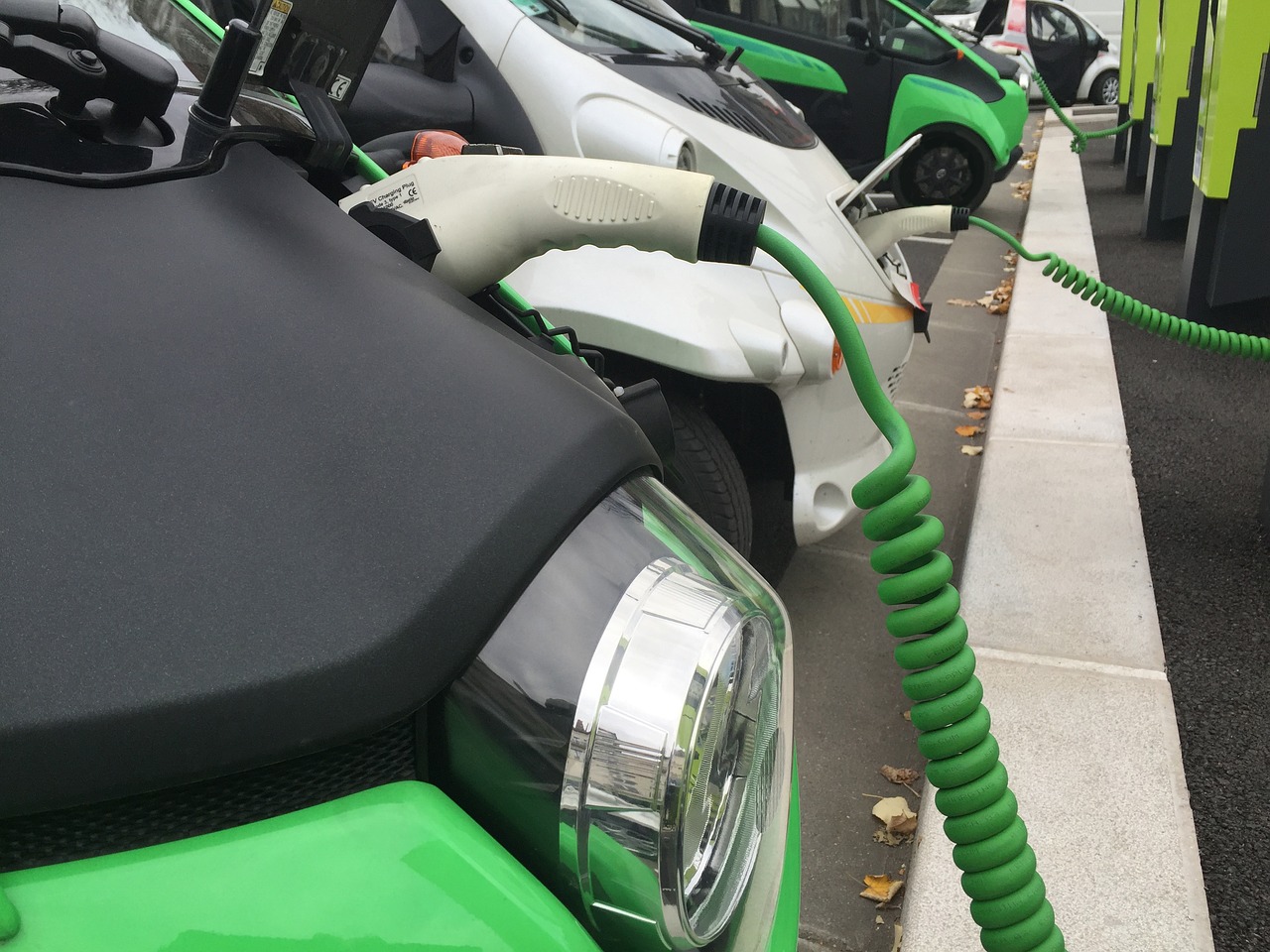
Climate change is the shift in average weather patterns, mostly on a global scale. In the past, technological advances were hardly environmentally conscious. Over time, increased awareness about the need to develop environmentally conscious technologies has been on the rise. The devestating effects of climate change have made consumers more interested in climate reporting in the past decade. That said, here some innovative technological approaches that have been instrumental in mitigating climate change
Development of Renewable Energy
 Energy demand is steadily increasing by the day. There is a need to rely more on renewable forms of energy to meet the ever-increasing energy demands. Ideally, renewable energy sources do not release carbon dioxide and greenhouse gases that contribute to global warming. According to experts, reducing the use of fossil fuels is the surest known way to protect the climate and reduce global warming
Energy demand is steadily increasing by the day. There is a need to rely more on renewable forms of energy to meet the ever-increasing energy demands. Ideally, renewable energy sources do not release carbon dioxide and greenhouse gases that contribute to global warming. According to experts, reducing the use of fossil fuels is the surest known way to protect the climate and reduce global warming
Reduction in Methane Emissions
Methane is a gas that traps more heat than carbon dioxide. Therefore, it qualifies to be classified as a greenhouse gas. When methane gas is released into the air, it absorbs the sun’s heat, warming the atmosphere, resulting in heightened temperature levels close to the earth’s surface, which contributes to global warming and climate change. The Environmental Defense Fund works towards stopping methane gas emissions by promoting wetting and drying methods on a large scale.
Capturing and Storing Carbon dioxide
Carbon dioxide has been emitted in huge amounts over the years, especially in industrial towns, causing global warming. Using other gasless energy forms is not enough to eliminate the damage rendered by CO2. Plants absorb CO2 from the atmosphere by photosynthesis. But they cannot do it alone, given that there isn’t adequate vegetation cover worldwide. Unfortunately, the forest cover keeps decreasing due to human acts such as logging and burning charcoal, which paints a worrying picture. Therefore, tech companies resort to harnessing CO2 from power plants and store it underground. This development marks a vital step to reducing the concentration of carbon dioxide in the air.
Using of Solar and Wind Energy
Solar panels and windmills technology convert sun and wind into electricity without releasing greenhouse gases. Using solar panels and windmills for generating electrical energy tends to be cheaper than fossils. These methods of generating electricity are clean, meaning that they do not produce carbon dioxide.
Using Lithium Batteries on Electric Vehicles
Lithium-ion batteries are smaller and can also charge faster. These batteries are charged using electricity. Their use in electric vehicles plays a significant role in decarbonizing the transport sector. Storing energy in these batteries will reduce energy dependence on petroleum. Things can be even better if they are charged using electricity produced using wind, solar, or geothermal energy.…
